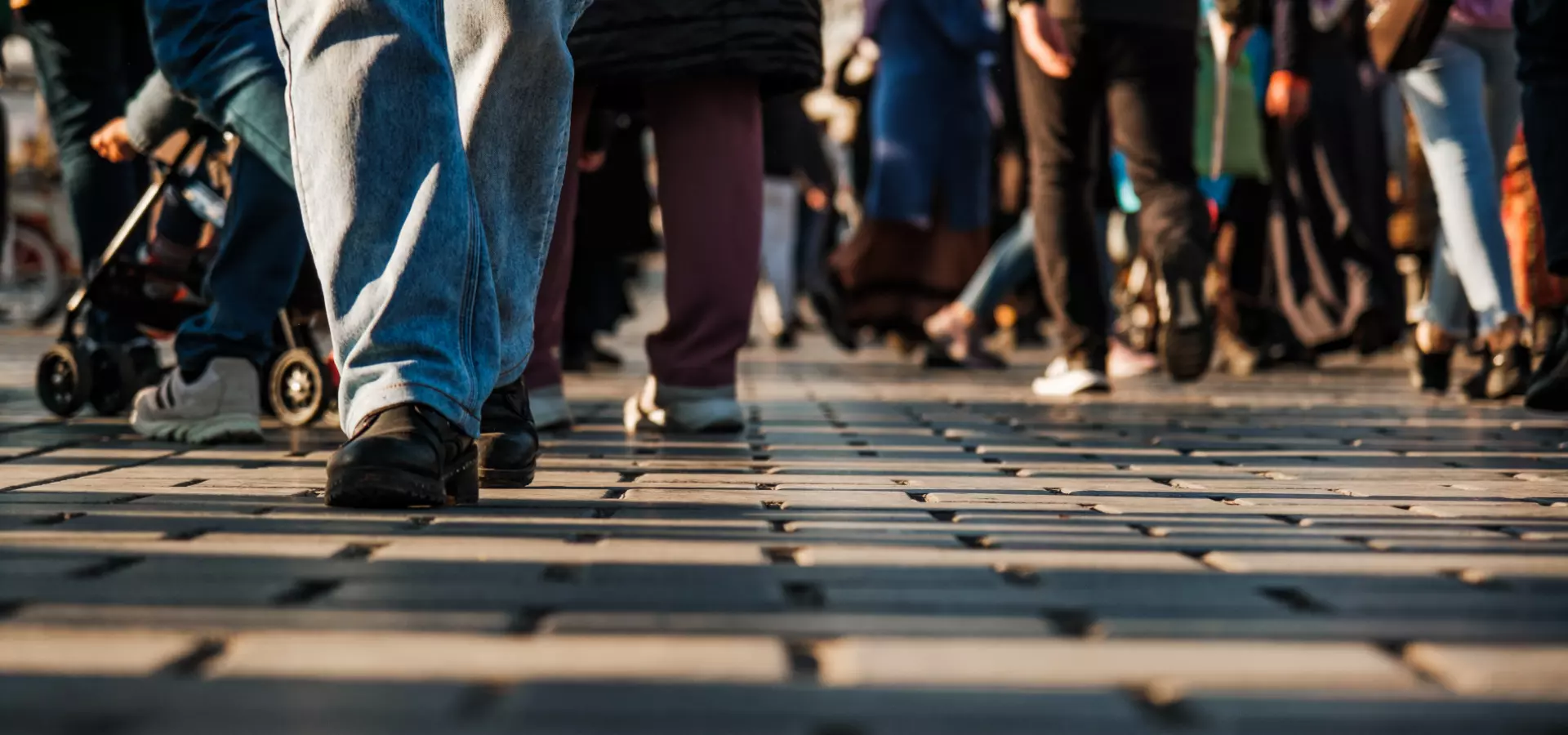
Reflections on the ‘Human Scale’ – a film about designing cities for people
In 2009, an impromptu snowball fight broke out in Times Square, New York. People from all walks of life joined in, interacting with strangers in ways that might be considered unusual to the culture of modern day city living. Importantly, this gave people an opportunity to release the stresses of city living and act spontaneously within a usually structured and routine driven environment.
So what enabled this unexpected event to take place and why was it significant? Aside from the disruptive influence of the snow on traffic flow, Times Square had been permanently designated as a pedestrian plaza earlier in the year. This followed a temporary trial period, which successfully demonstrated that a big difference could be made on a low budget. The changes were implemented quickly, offering a simple, uncluttered public space for people to occupy however they wanted – a social experiment of sorts.
Handing back a small part of the city to the people was important for a number of reasons; in particular highlighting that public behaviour is significantly influenced by the built environment and that people in urban areas need places to escape. These are important take home messages from the ‘Human Scale’ film, but implementing people friendly policies can be difficult when space is limited and human behaviour can be dictated by other more dominant forces such as the car. The example here of New York – where yellow taxis are embedded in the city’s culture – is significant in that it illustrates the potential to make a big difference to established human behaviour with a bit of imagination and will.
People and their relationship with the environment
The ‘Human Scale’ is fundamentally about the relationship between people and their environment. The film illustrates that decision making around places can be more effective if the behaviours and motivations of people using them are better understood. This can be taken for granted, it is argued, as activity on the street can be seen to be routine driven or habitual, and the value in activity motivated by the opportunity for new experiences or chance meetings can be overlooked.
The ideas within the film are derived from over 40 years of experience, research and insight from architect Jan Gehl, a proponent of ‘people friendly policies’ since the early 1970s. While most architects of the time were focusing on the aesthetics of buildings, Gehl became increasingly conscious that better understanding the interaction between the built environment and people could lead to improvements in the quality of places.
The film provides cases from around the world where the prioritisation of cars over pedestrians has been to the long term detriment of society. At one stage the example of China is offered, where fast tracked growth has brought millions of people out of agrarian poverty, only to be replaced by an existence characterised by modern ills such as obesity and social isolation. Refreshingly though, rather than dwelling on the possibility that these trends might continue, the ‘Human Scale’ uses examples to illustrate that change is possible.
Rebuilding and re-engaging with the city
In Christchurch, the devastation caused by the 2011 earthquake served as an opportunity to learn from past mistakes and re-imagine city life. After wide scale destruction to the city’s downtown area, local people came together to share their ideas about how a new centre might function. With 106,000 responses to the engagement process, it was clear that people felt united in their wish to create a city which moved beyond pre-crisis conditions. It was apparent that coping with disaster could present several challenges, but through adversity came an opportunity for a fresh start and the chance to create something better.
The majority of those involved expressed the desire to create a people’s city, where the main activity was walking and the scale of the buildings were appropriate for this. The reality has been something more of a compromise, owing to competing interests, settling insurance claims, the scale of the task and the financial risks associated, but the chance to create a city for people remains possible, and time will tell if the voices of the masses are represented fairly.
The ‘Human Scale’ is not presented as an opportunity to demonise car users or create a culture of us versus them. Nor does it depict a picture of hopelessness around population growth, environmental disaster or other worrying trends. Instead, it illustrates that there are several alternatives to the car, and that simple changes to streets might actually lead people to choose these alternatives. As a Danish production, the film to draws on experience from Copenhagen, a city that has undergone significant changes and is now widely regarded as one of the most liveable in the world.
Opportunities for Glasgow?
Perhaps there are some opportunities for Glasgow here, and several questions arise: to what extent has the city been developed for human scale activity; what could be done to promote more spontaneous social activity within the city; and what more could be done to make the city more inclusive? Addressing these important questions may go some way towards determining the extent to which the city is able to embody its new brand ‘people make Glasgow’.
To paraphrase David Sim (cast member and partner at Gehl Architects), although changes to the world will undoubtedly shape how we live in the future, the fundamental requirements for human happiness are likely to remain constant, and most of these are shaped by the environment we live in.